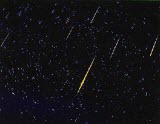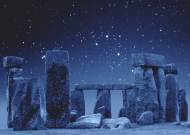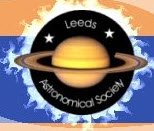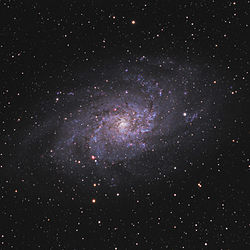Venus dominates the SW evening twilight sky - visible low above the horizon for an hour or so. As the month progresses Venus gains a little in altitude and grows even brighter attaining -4.5 by Christmas. The moon lies above right on the 5th. [Read more about Planetary Skylights - December 2013 ]
- Log in to post comments

 We announced in our December Newsletter that the Society's new and improved web site should be available to peruse by the time our December notes reach you, and here it is! Andi Ye and his team have done a sterling job building the new site, which has many new features.
We announced in our December Newsletter that the Society's new and improved web site should be available to peruse by the time our December notes reach you, and here it is! Andi Ye and his team have done a sterling job building the new site, which has many new features. Considered now to be the most prolific annual meteor shower, the Geminids are active from December 7-16, reaching a peak this year in the early morning hours of December 14th. Unlike other showers, Geminids stem from debris shed by a small asteroid called Phaethon, which passes within 10 million miles of the Sun.
Considered now to be the most prolific annual meteor shower, the Geminids are active from December 7-16, reaching a peak this year in the early morning hours of December 14th. Unlike other showers, Geminids stem from debris shed by a small asteroid called Phaethon, which passes within 10 million miles of the Sun.  The Sun reaches its lowest position in the sky on December 21st this year - the date of the winter solstice, when the Sun arcs just over 12 degrees above S horizon at local noon. The northern hemisphere is then tilted away from the Sun and useful daylight amounts to just 7½ hrs: the shortest day.
The Sun reaches its lowest position in the sky on December 21st this year - the date of the winter solstice, when the Sun arcs just over 12 degrees above S horizon at local noon. The northern hemisphere is then tilted away from the Sun and useful daylight amounts to just 7½ hrs: the shortest day.  There were a few differences this year. Firstly, because of work commitments Mark was unable to travel and therefore notes on the lectures were made by both Andy Lawrence and Andi Ye, so these will be a vast improvement on years gone by!
There were a few differences this year. Firstly, because of work commitments Mark was unable to travel and therefore notes on the lectures were made by both Andy Lawrence and Andi Ye, so these will be a vast improvement on years gone by!
 Our ‘oft’ postponed Christmas meal bash finally went ahead on Jan 24th.
Our ‘oft’ postponed Christmas meal bash finally went ahead on Jan 24th. 
